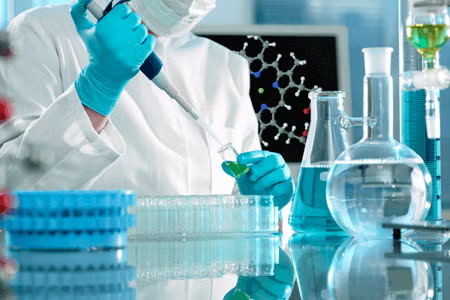BPA is one of the most thoroughly tested chemicals in use today and has a safety track record of more than 50 years. Regulatory bodies around the world have reviewed the science and have found BPA to be safe.

In September 2018, the U.S. National Toxicology Program (NTP) released the final report on the CLARITY Core Study.
The results of the CLARITY Study, a 5+ year, multipronged U.S. federal government research program and the largest study ever done on BPA, confirm BPA’s safety. The scope and magnitude of this study are unprecedented for BPA and the results clearly show that BPA has little potential to cause health effects, even when people are exposed to BPA throughout their lives.
The data supports FDA’s one word answer to the question “Is BPA safe?”: “Yes”.
The U.S. FDA addresses the safety of BPA with a Q&A on its website.
It is important to note that scientific experts at FDA, and other regulatory bodies, review the full weight of the scientific evidence when making decisions about safety.